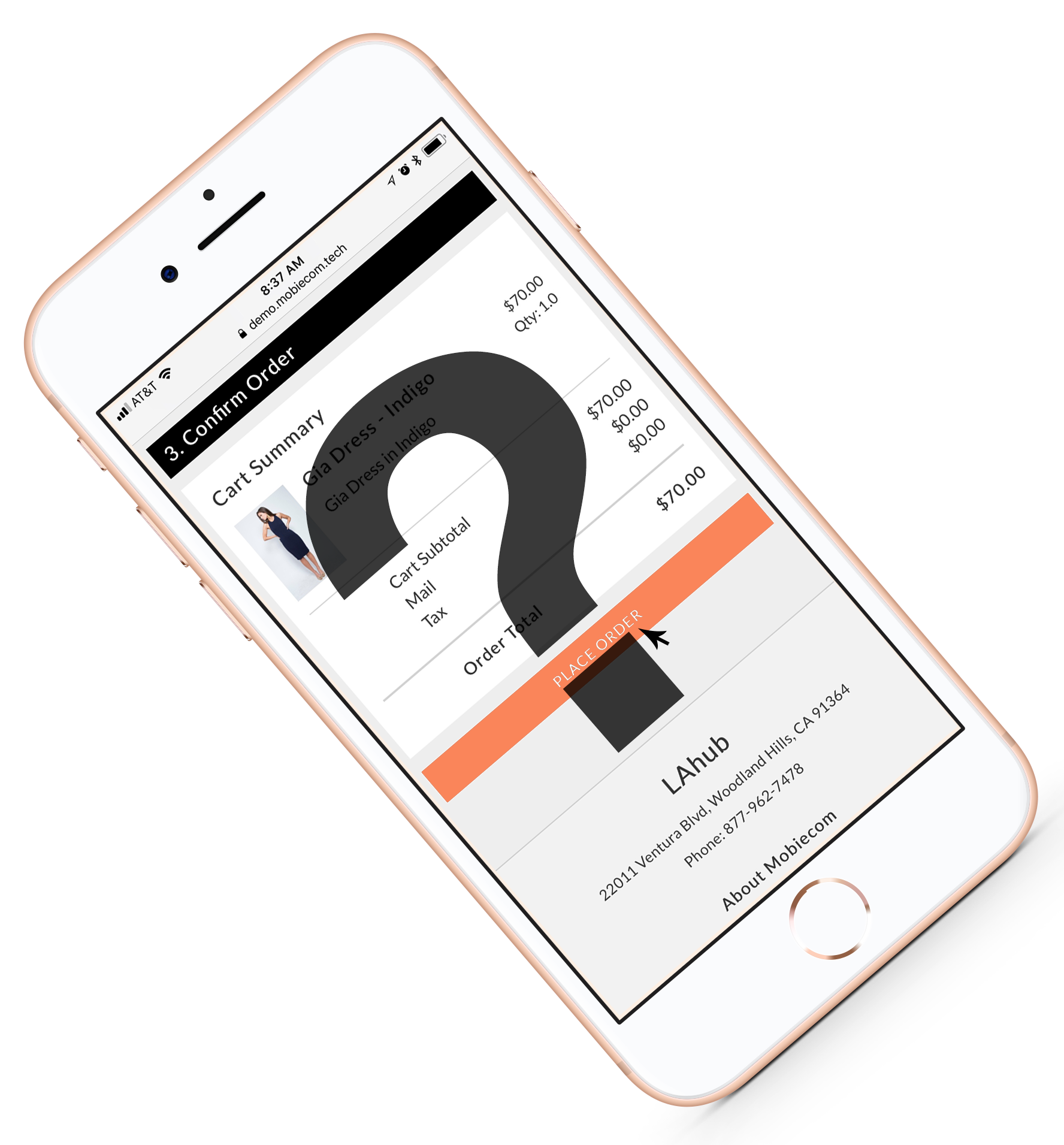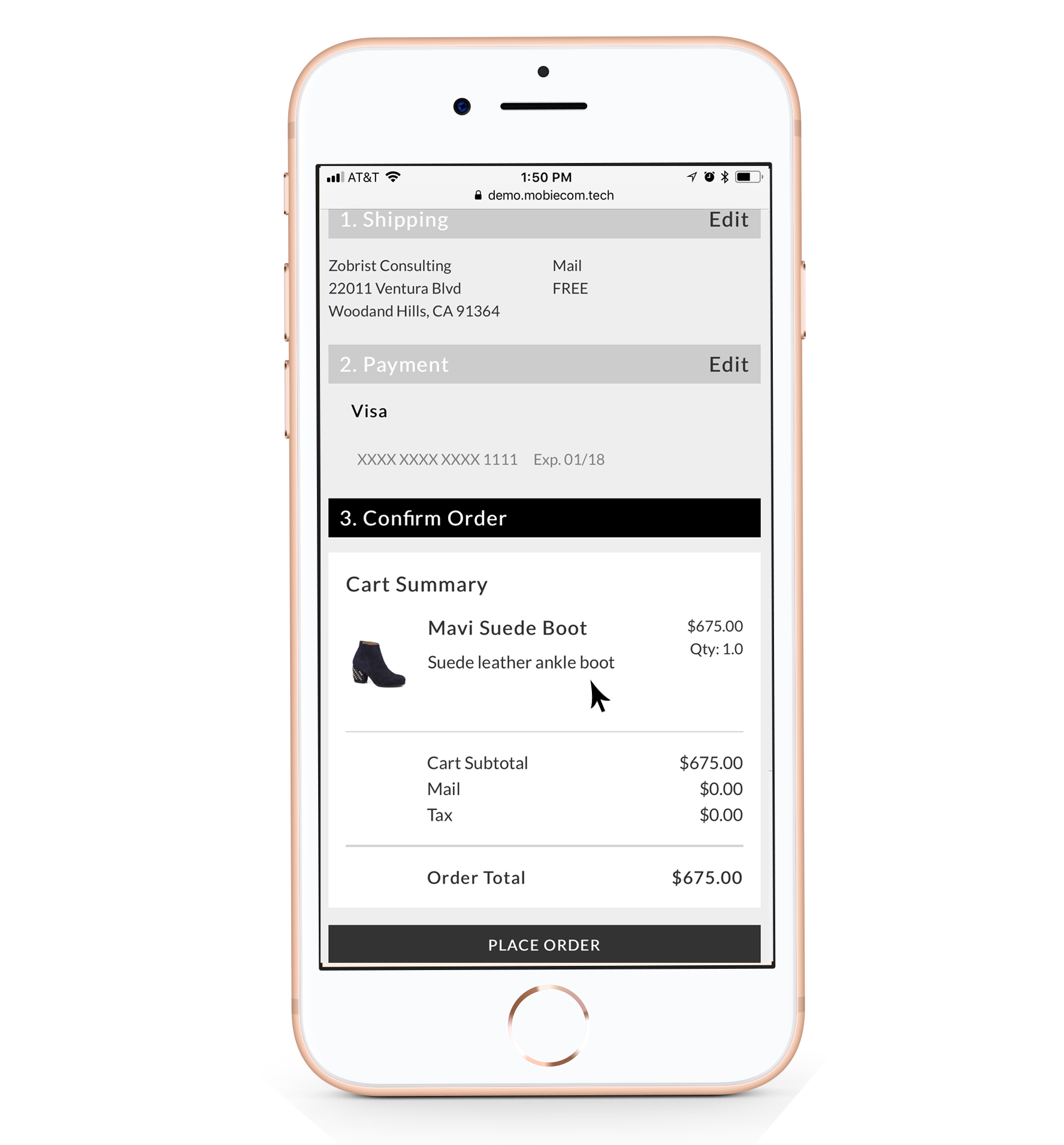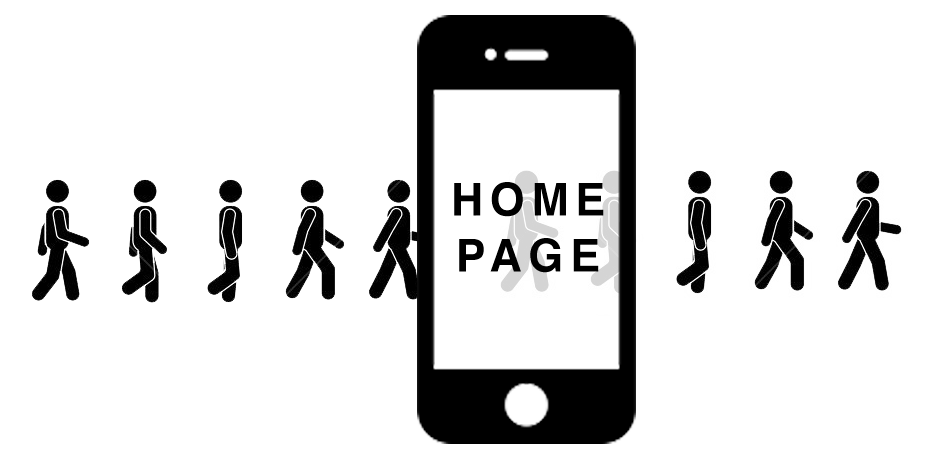With Mobiecom, you see an increase in the percentage of visitors who buy something, a decrease in abandoned shopping carts and a decrease in the number of bounces (people to leave after viewing only one page). Those are the metrics that matter and affect your return on investment.
What is a good conversion rate and what should be your goal? It depends…
What’s good for you may be under-performing for another. The key is to understand where you are with respect to your industry. We can start with a simple benchmark as a baseline and work towards improving it compared to your competitors. A reasonable goal is to be within the top 10 of your industry.
(which we can help you define)

Here is the global average conversion rate from 4th quarter 2015 to 4th quarter 2016:

For US online shoppers, the average conversion rate is higher than the global average, currently at 3%. As we all are getting more comfortable with shopping online, the trend is only going up. Back in 2010, outdoor and sporting stores converted less than 1/2% of the traffic they received. In 2015, these stores were converting 4.8% of their visitors into buyers. This is close to 900% increase in conversion rate.
For online retailers, abandoned shopping carts are a source of frustration and a loss of revenue.
On an average, online retailers experience 25 to 30% of cart abandonment every year.
When you drill down in the analysis, you realize that 70% of your customers abandon carts just before they checkout.
Although the major reasons for cart abandonment are usually pricing and high shipping costs, the lengthy checkout flow plays a major role in discouraging shoppers, specially on mobile devices.

Mobiecom provides One Page Checkout as well as an optimized Multipage Checkout. What’s the hype about One Page Checkout? Which one is better for your business?
One Page Checkout is a faster and simplified checkout process. It’s quick and intuitive navigation. Specially suited for mobile shoppers. It’s increased page performance and interactivity.
Options like guest checkouts help users to skip the need to fill long forms and directly move to the payment part.
Customers don’t have to wait for successive pages to load before they make their payments. This way, one page checkouts save a lot of time. As the billing, shipment, order review and confirmation details are all on the same page, it’s easy for them to be completed without much distraction.
Customers who make repeat purchases, shop inexpensive products and prefer mobile shopping will definitely love a one page checkout.
There are pros and cons to both types of checkouts. Picking the right one for you can be a difficult task. As mentioned earlier, one page checkouts are easy to optimize and simple to execute. With the huge spike in mobile shopping, there’s no better solution than one page checkout, as it’s faster, saves time and convenient. Through one page check out you can considerably increase repeat purchases thereby improving customer retention.
We strongly recommend that you A/B test both checkouts if possible to find out what actually works.
Bounce rate is defined as the percentage of visitors to a particular website who navigate away from the site after viewing only one page.

There could be a number of reasons why your bounce rate is high:
-
lack of trust
-
unclear proposition
-
slow loading page
-
lack of responsiveness to support mobile devices
